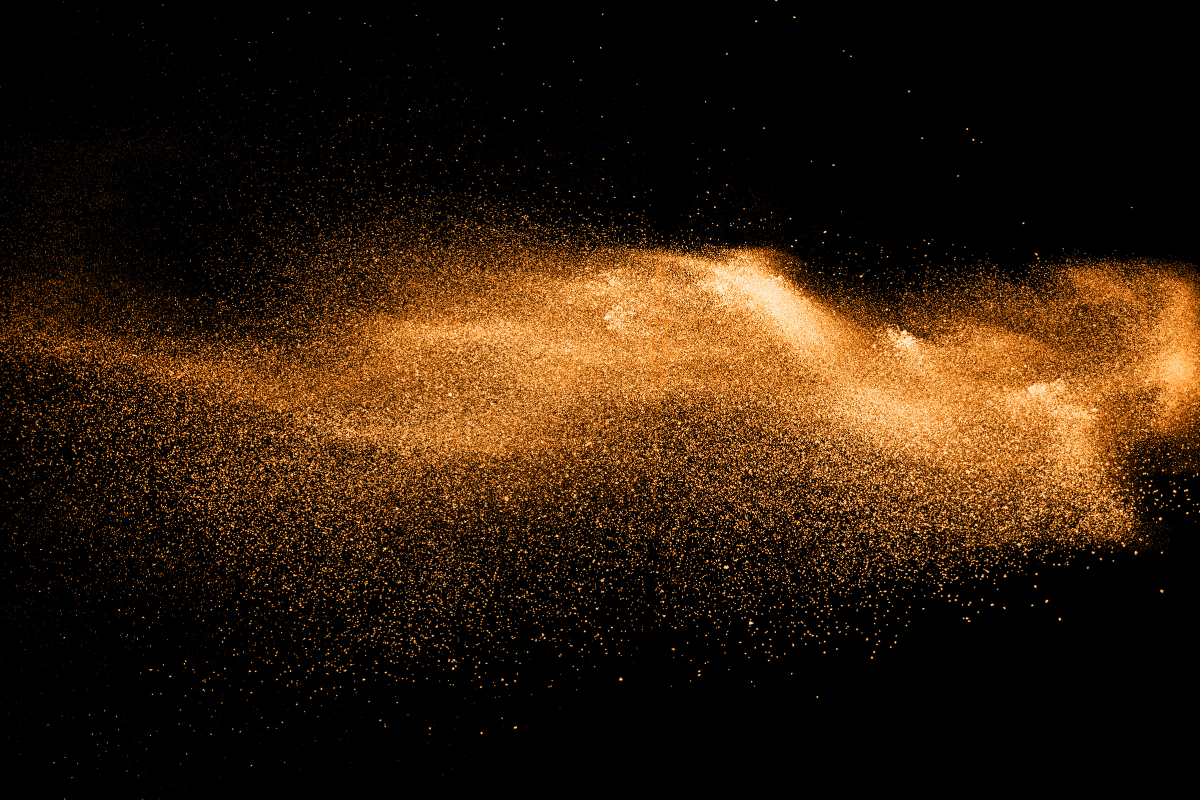Airborne dust consists of tiny particles that can remain in the air for long periods of time. They occur both naturally and as a result of human activity (anthropogenic). Anthropogenic dust is particularly critical, as its chemical composition can be more harmful to health and the particles can penetrate deep into the respiratory tract.
In order to better classify the health risks of airborne dust and particulate matter, airborne dust is classified according to its size. Since the particles do not have a uniform shape, the so-called aerodynamic diameter is used. This describes how large a particle would be if it had a standardized density and spherical shape.
Classification of airborne dust according to particle size
| Designation | Aerodynamic diameter | Special feature/effect |
| Ultrafine particles | < 100 nm | Can pass through cell membranes and enter the bloodstream |
| PM2.5 (fine dust) | < 2,5 µm | Penetrates deep into the lungs, increases the risk of cardiovascular and respiratory diseases |
| Coarse particles | > 2,5 µm | Tend to settle in the upper respiratory tract |
| PM10 | < 10 µm | Cause irritation of the respiratory tract, but are partially intercepted |
- Anthropogenic vs. natural – where does the dust come from?
- Natural airborne dust: pollen, sand, sea salt, or volcanic ash.
- Anthropogenic airborne dust: Produced by traffic, industry, combustion processes, or production technologies such as laser processing or welding.
Industrial processes in particular produce particles that contain not only airborne dust but also substances that are hazardous to health. This is why a suitable filter and extraction system is crucial here.
Conclusion: Not all airborne dust is the same
While natural dust usually only occurs locally, particles generated by humans can have long-term effects on health and the environment. Classification according to particle size – from ultrafine to PM10 – helps to better assess the risk and take appropriate protective measures.
With an optimally adapted extraction system, airborne dust can be reliably captured and exposure in the workplace significantly reduced.
Sources
- Federal Environment Agency: What is particulate matter?
- PLOS One: The characterization of surgical smoke from various tissues and its implications for occupational safety

